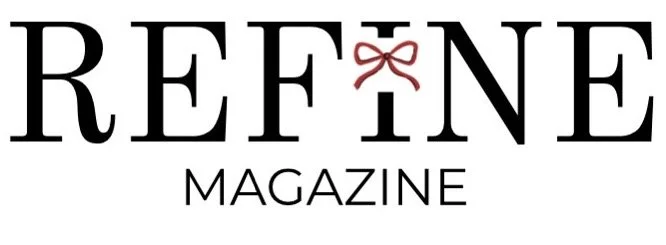Calling Cards
By: Nuri Piera Webb
I was rummaging through my grandmother’s attic in Harrisburg, congested with antiques and family heirlooms, when I found a box full of what looked like business cards, yet they were not— they were 'calling cards.’
During the Georgian, Regency, and Victorian eras, men and women needed personalized calling or visiting cards to maintain their social status or to move up in society. It was a fashionable way of communicating and socializing amongst the higher classes.
Now, in 2022, we use modern technology more than letters and personalized cards to communicate with those around us, whether it’s checking up on a friend or making plans to drink mimosas at brunch. Facebook, Instagram, and Twitter are our modern-day calling cards, but phones and the internet were not always readily available.
Calling cards originated in France in the 18th century and spread throughout all of Europe. They began as simple, unadorned cards with the bearer’s name until the Victorians took both the cards’ design and rules, dictating their usage to new, extravagant heights. They began to include engraved ornaments, embossed lettering, picturesque drawings, and fantastic coats of arms.
They were left at homes, sent to friends or acquaintances, or exchanged in person for various social purposes. Of course, knowing and following calling card “rules” signaled one's status and intentions.
Calling cards and the formalities of ‘visits’ is a large plot device in many of Jane Austen’s novels. In Sense and Sensibility, Mrs. Jennings presented lots of calling cards: “The Morning was chiefly spent in leaving cards at the houses of Mrs. Jennings’s acquaintance to inform them of her being in town.”
In Persuasion, the Elliots took care to display “...the cards of the Dowager Viscountess Dalrymple and the Hon. Miss Carteret, to be arranged where they might be most visible.” There are even mentions of ‘visits’ throughout the film Pride and Prejudice, directed by Joe Wright.
These fascinating pieces of history reflect the values and changing technologies of their times.
For hundreds of years, a calling card has remained a treasured and memorable way of establishing or strengthening a relationship. Despite the change in technology and the use of communication, calling cards are still a fashionable way to befriend others or even share your business.
They can be found today at flea markets and antique shops, as well as online sites including Etsy, with brands like RedeemableJunk, and to tie it all together, you can get a fashionable cardholder to keep them safe.
For all the Bridgerton and Jane Austen fans, calling cards may be the next season's trend. You may even have some in your collection of family keepsakes that once belonged to your ancestors who were a part of social life during the Victorian Era.



